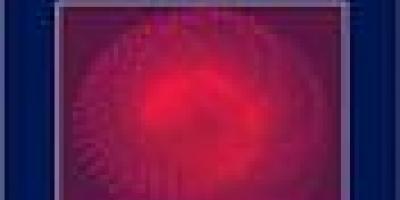Applying Chi Square Test
The steps lead to the calculation of the value of. x^2 for the study data
Value of the calculated x^2 is referred to the x^2 -table -where the ‘p’ value seen
Test can be applied:
a) On qualitative data
b) Random sample
c) The lowest observed frequency in all the cells is 5 or more
d) None of the observed values is zero
Advantages (over ‘SE of diff bet two means’ test):
a) Equally applicable for small samples and large samples
b) The test can be used even if there are >2 categories



